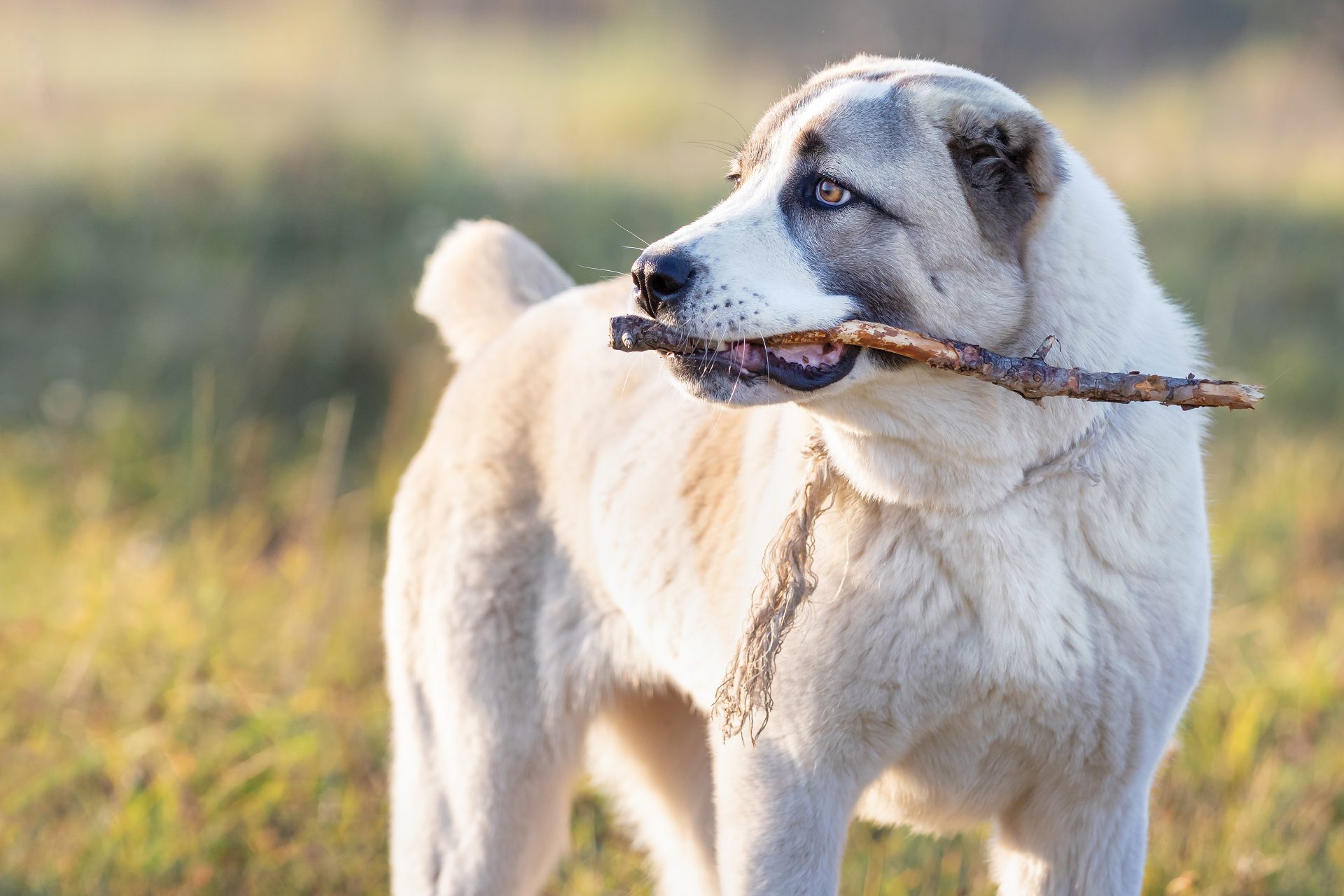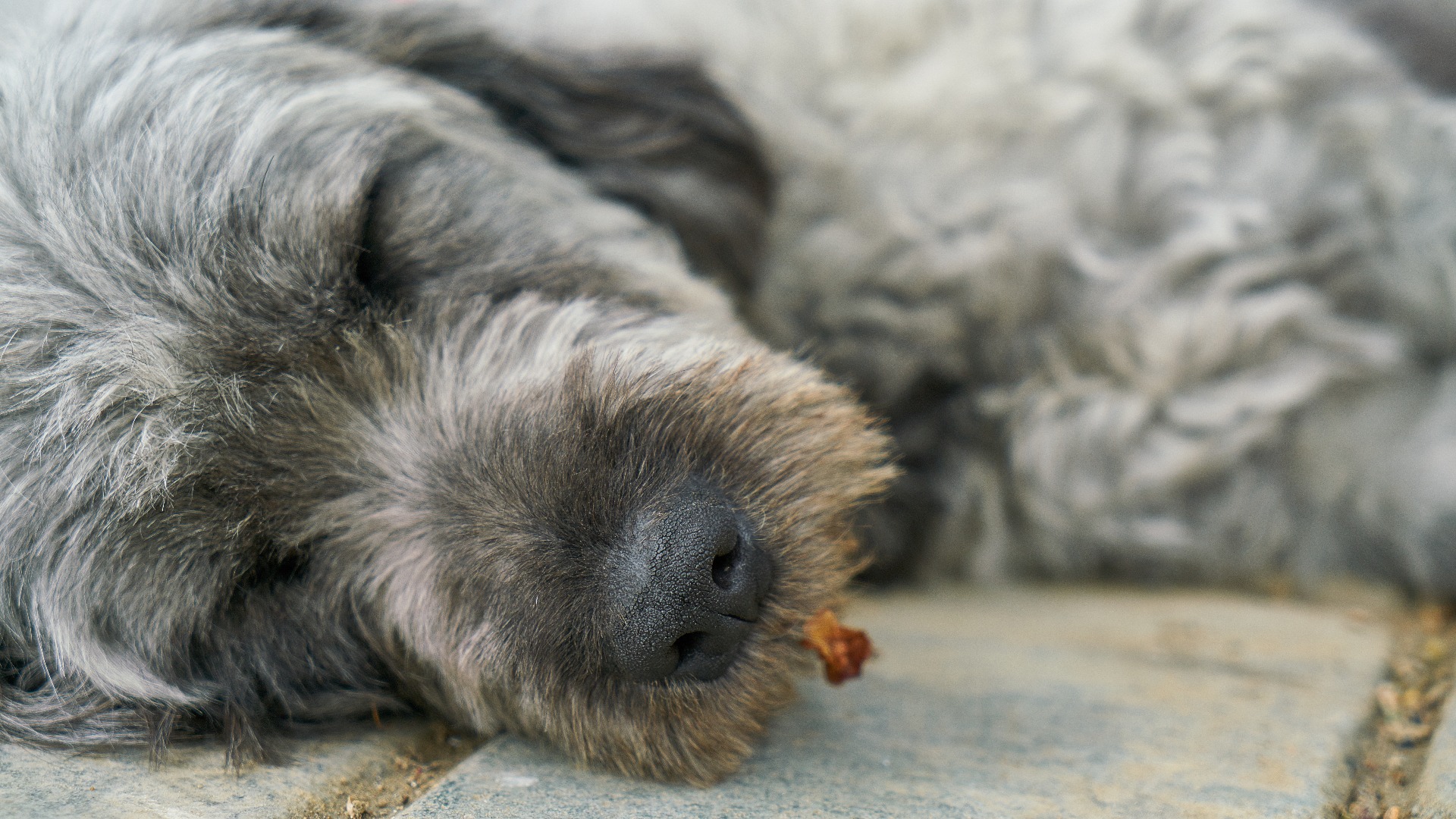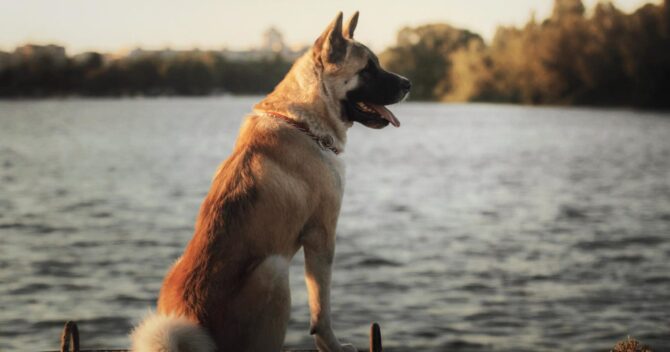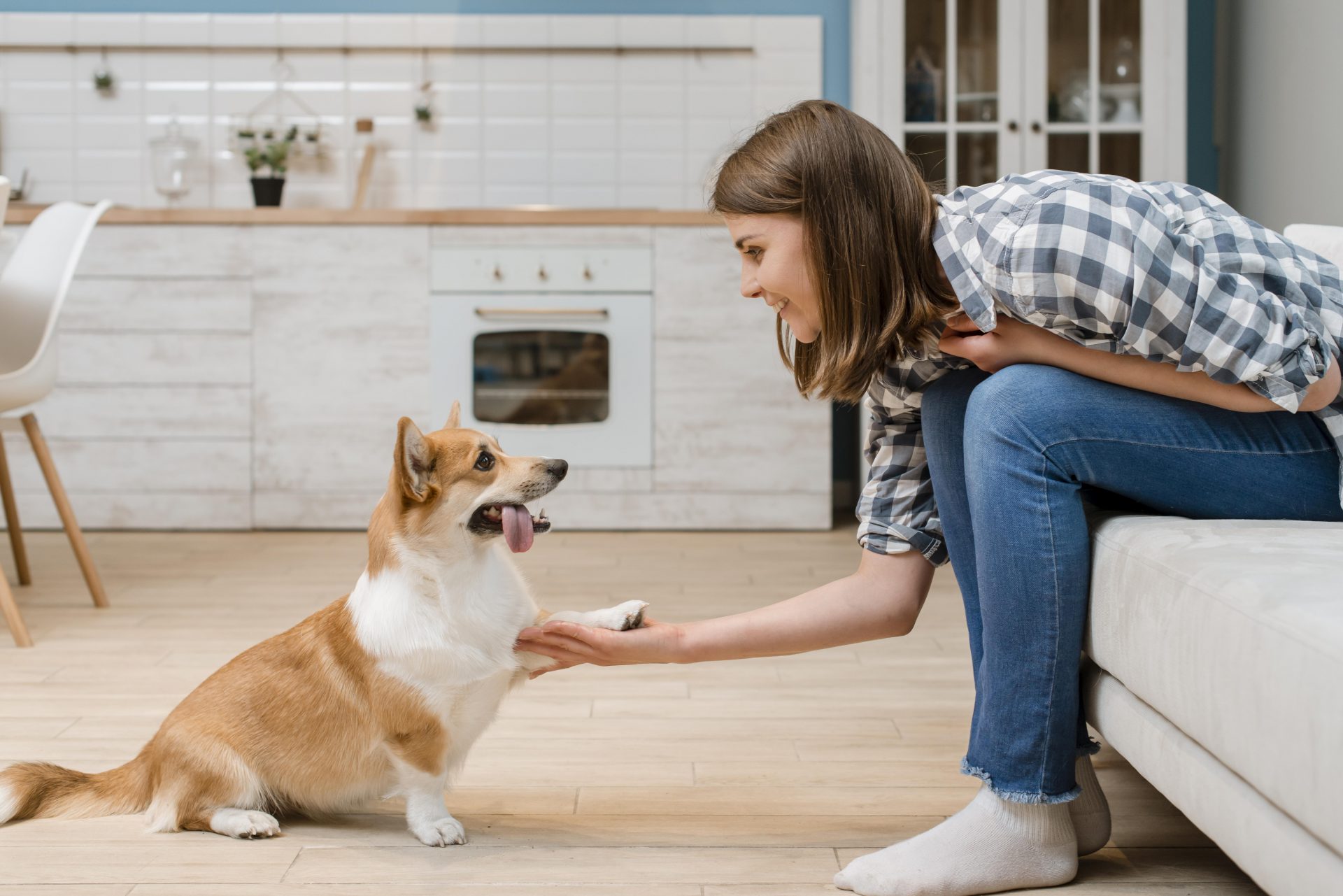History of the breed
The Central Asian Shepherd Dog breed was developed through natural selection and has not been subject to breeding modifications over the centuries. This herding dog was known in Central Asia 5 years ago. Over the centuries, representatives of this indigenous breed have adapted to extreme climatic and terrain conditions: from frosty mountain peaks to hot deserts. Central Asian Shepherd Dogs, associated with pastoral people, guarded homes and herds. They were also used for game hunting and dog fighting. Experts believe that the Central Asian Shepherd Dog comes from ancient Asian mastiffs and is related to the Tibetan mastiff.
The breed was recognized by the FCI in the 80s. It was then that the first Central Asian Shepherd Dogs came to our country, immediately gaining considerable popularity. This dog is commonly found in Afghanistan, Iran, Kazakhstan, Kyrgyzstan, Tajikistan, Turkmenistan and Uzbekistan. According to the FCI classification, the Central Asian Shepherd Dog is classified in group II, section 2.2, standard no. 335 - mountain type molossus.
Suggested sizes and widths of accessories for this breed of dog:
Here are the suggested sizes for adult dogs of this breed. They were selected on the basis of many years of experience in sewing accessories and the most common choices of other dog owners of this breed. Remember, only measuring will give you 100% certainty - every dog is different.
Central Asian Shepherd Dog - external appearance
Central Asian Shepherd Dogs are large dogs with a harmonious body structure. Their weight ranges from 45 to 79 kg, with a height of 60 - 78 cm. They can boast of a dignified and strong figure, with muscular legs. They have large, rectangular heads that are proportional to the rest of the body. Their oval ears are medium in size and hang naturally on the sides of their heads. Both the ears and tail of the Central Asian Shepherd Dog are usually cropped. This is especially practiced in the countries they come from. The tail in its natural form is set high, curled or saber-shaped.
The shepherd's double coat is fluffy and characterized by a thick undercoat and coarse and straight hair. The coat comes in almost all colors and combinations, except blue, chocolate and black-red. The large eyes of the Central Asian Shepherd Dog are oval and quite deep-set. Their color ranges from hazel to dark brown, but the eye rims are usually black.
Character
The Central Asian Shepherd Dog is a brave, hardy, balanced and calm dog. He is very vigilant and reacts immediately to any emerging threat. He is characterized by great independence and self-confidence. Since he can be haughty and haughty, he requires proper supervision and education on the part of an experienced owner.
The Central Asian Shepherd Dog appreciates contact with its household members, it is a loving and faithful member of the family. This loyal giant loves to play and enjoys spending time with children, especially those with whom he lives permanently. Usually he accepts other pets without reservations. However, as with all giant breeds, the owner of a Central Asian Shepherd Dog should supervise their pet's interactions with both children and other pets. And precisely because of its dimensions and strength, this dog is not recommended for the elderly and families with young children.
Central Asian Shepherd Dog - who is this breed for?
As a rule, Central Asian Shepherds can easily adapt to unfavorable housing conditions, but keeping them in a studio apartment in a block of flats can be inconvenient and burdensome, both for the pet and for all household members. These dogs are much better at home with a closed garden.
Raising and caring for the Central Asian Shepherd is not the easiest thing. It requires a responsible and experienced tutor who can apply appropriate training methods and has the time needed to learn and consolidate appropriate behavior. Early socialization, positive and friendly training methods, patience and consistency are the basic elements that guarantee the success of dogs of this breed in breeding.
Care
Central Asian Shepherds are relatively undemanding dogs. Their care mainly involves brushing the hair (once or twice a week) and bathing it when it gets dirty. During the moulting period (in spring or early summer) they shed a lot of their hair and then require daily combing of their dead hair. Shepherd's claws should be systematically trimmed and ears that get dirty when playing outside the house should be taken care of.
Central Asian Shepherd Dog and his health
Central Asian Shepherd Dogs are considered very healthy, on average they live 10 - 12 years. Since this breed has evolved under natural conditions, it usually has few genetic conditions. Among the most common health problems are hip and elbow dysplasia. Representatives of this breed are also prone to gastric twist.
Maybe you'll like it:



